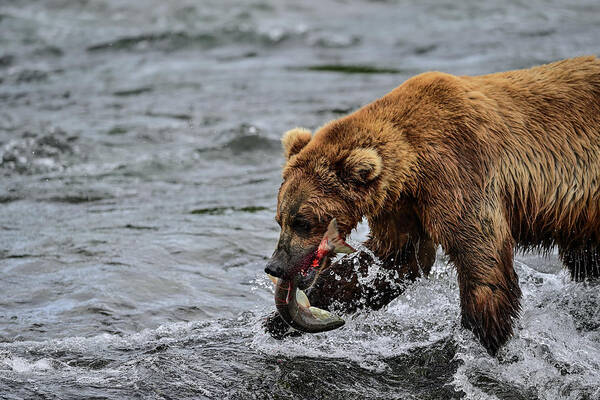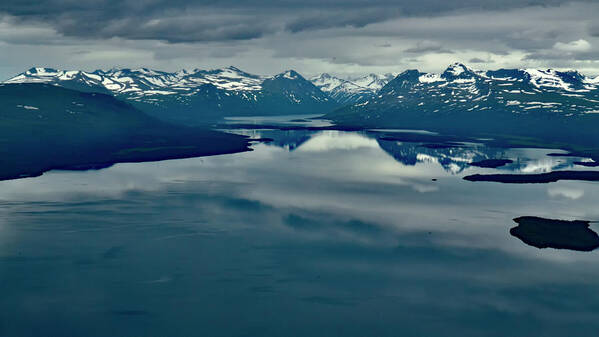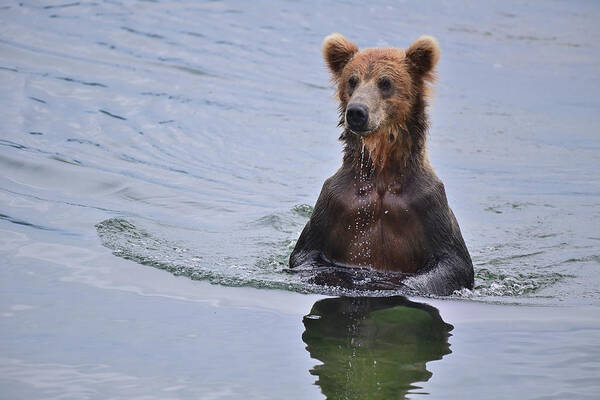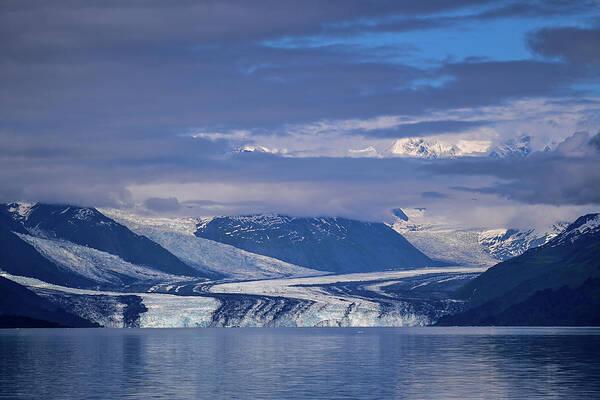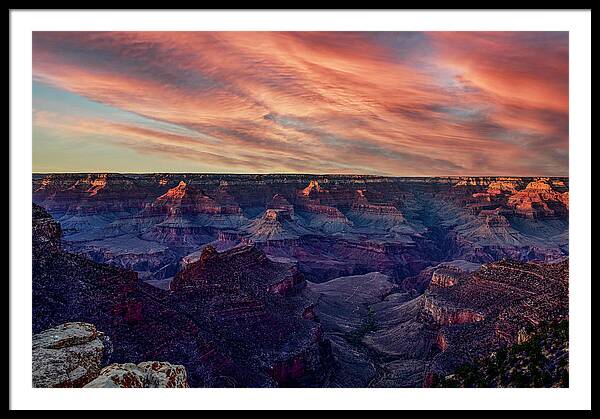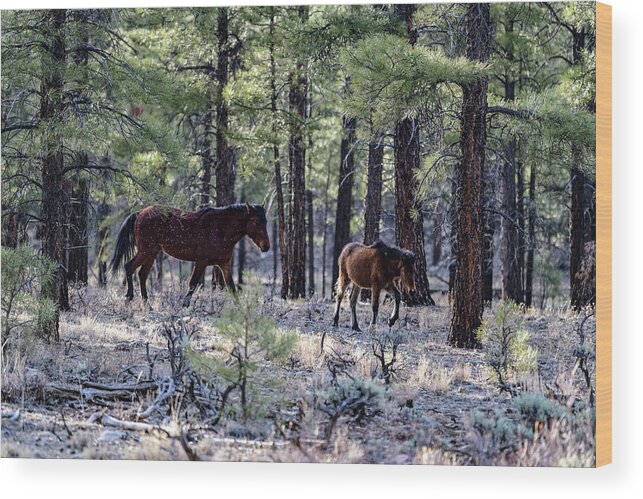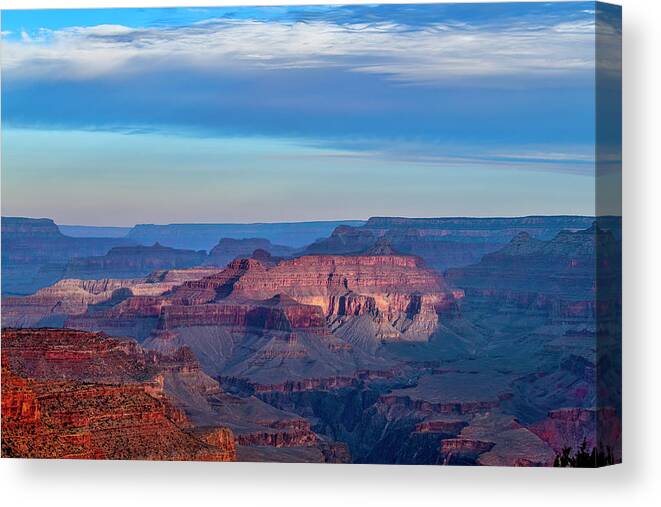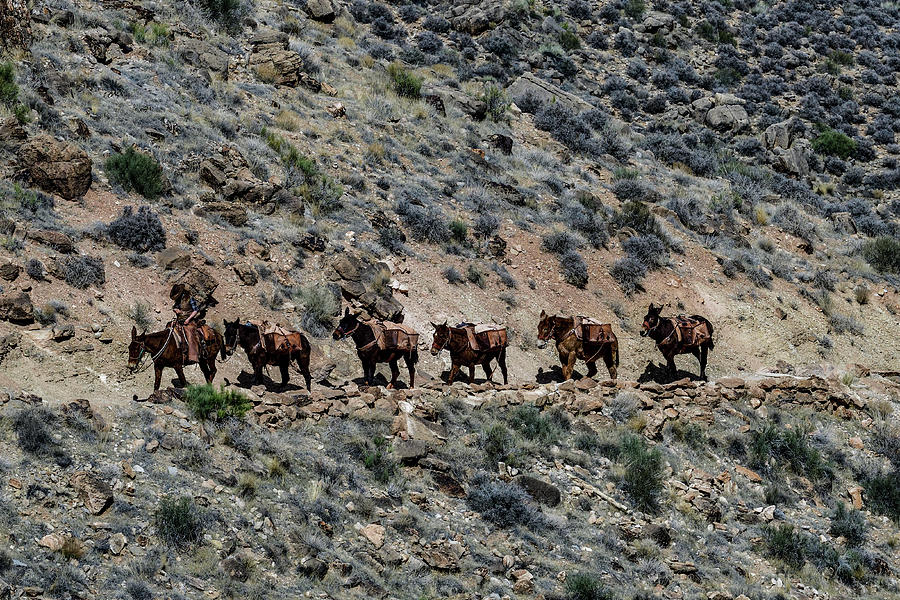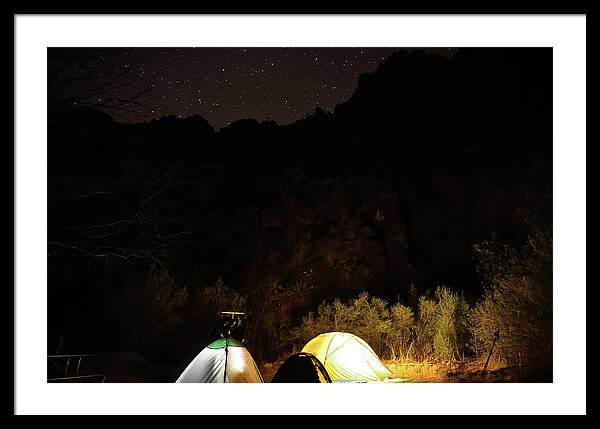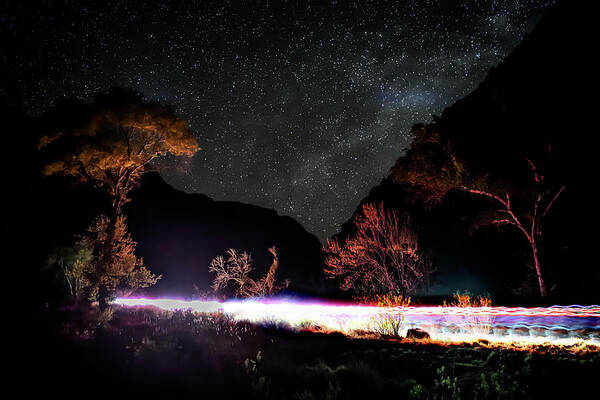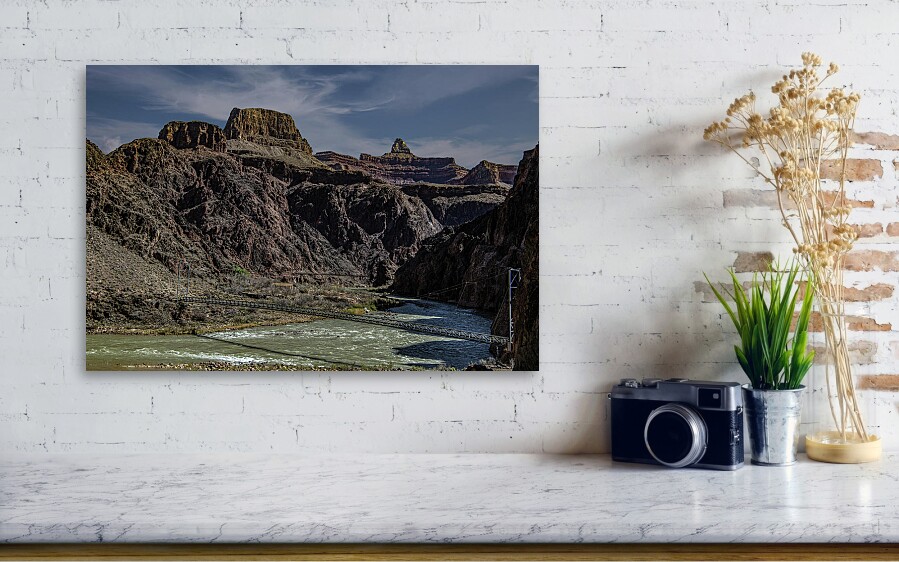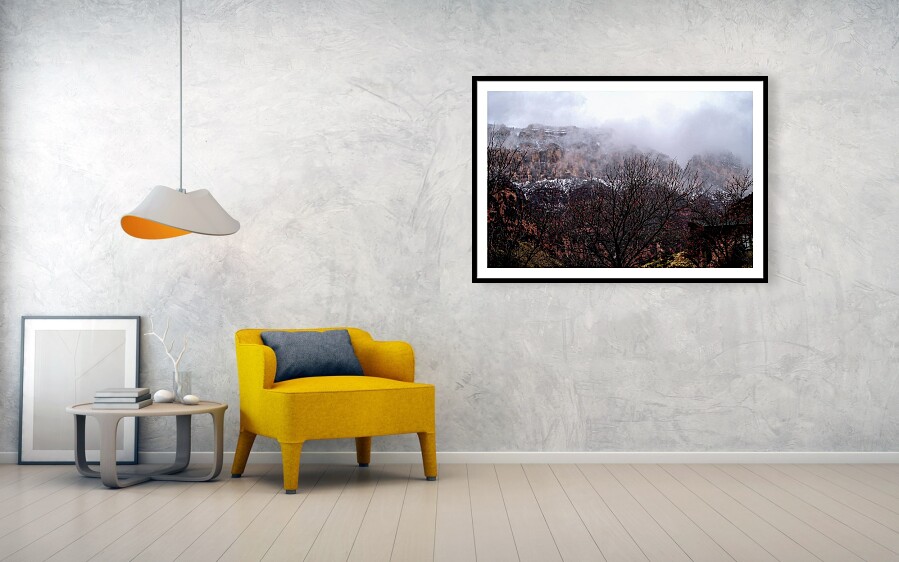 |
| Shoshone Falls - Twin Falls, Idaho |
How to photograph any waterfalls like the professional photographers do? I'm going to tell you this secrets in step by step so that you could get the picture you have been dreaming of ever since you got your camera.
There are exactly two ways to photograph any waterfalls. The 'Easy Way' and the 'Artistic Way'. Well, the so called 'Easy Way' also involve a lot of your artistic talents but it just require a little bit of less effort than the other way.
Lets do the easy way first before we learn the more complex one. This is for everyone with a camera. I know, you can just walk into a fall, frame it, and press the shutter release button. Now you look at the picture on that tiny display and you are not quite satisfied. So here comes a little bit of artistic talent. Before you rush to the fall to click that selfie, lets walk around and study the magnificent waterfalls from your eyes while your camera or the phone camera still stay in the bag. While you walk, look for the best possible view with least amount of obstruction. Yes, waterfalls are tourist attraction. You will find lots of photographers walking around with their own cameras. You don't want all of them in your frame, unless they are adding value to your picture. Also make sure the light is not too harsh, usually early morning or late evening are the best time unless the falls is in shed.
Once you find your spot, with a clear view of the fall, compose your frame keeping the waterfall as your primary focal point. Keep the shutter speed above 1/125, aperture between f8-f11 and ISO in auto. I would prefer matrix or center weighted metering, but if you are not sure bracket your exposure for 3(1EV) or 5(0.5EV) shots depending on light condition. Now press the shutter release for your test shots and review your pictures, recompose & retake after adjusting exposure until your are satisfied.
 |
| I took several shots of this falls in Easy Way, liked this one best. |
Now let's do the other way where you need to spend considerable time planning for your shots. I will start with the list of gadgets you would need.
Gadget List:
- A camera with manual control
- Wide angel lens, a 24-70mm zoom works best.
- Sturdy tripod with ball head
- L-bracket for your camera ( easy to change orientation from landscapes to portrait )
- ND Filter ( nd4 - nd32), Circular Polarizer filter
- Electronic Cable Release
- Rain Cover for Camera & Lens
- Best time of the day when the fall is evenly illuminated
- Best viewing spot for the fall
- Some space near best viewing spot where you can setup your tripod, make sure no one can walk in front of it.
- Wind direction / mist from the waterfall. If you are getting mist, you need to put your camera inside the rain gear.
Setting Up for the Shot:
- Arrive early to your previously researched spot and start preparing for the shot.
- Setup your tripod. Make sure all 3 legs are on firm support. Then level the tripod. Most tripod comes with bubble leveler that you can use.
- Attach electronic cable release into the camera. You will release the shutter remotely to avoid vibration.
- If the place has mist from the fall, put the camera inside the rain gear and then attach to the tripod head. Adjust the tripod head to level the camera as again.
- Compose your images the way you want it. Every photographers wants it in their own way. So you got to decide what you want in the frame and what must be excluded. Anything that cause destruction should be excluded which anything that add values can be included.
- If you can shoot the whole fall, make sure there are more room in the bottom where the water crashes. Usually there is not much interest at the top unless you can show the trail of water source.
- Set your camera in Aperture priority and set the F number between f8-f11 depending on the light. Set the ISO to the camera native ISO ( usually it is 64 or 100). Now take few test shot with this setup. Recompose your frame until you get exactly what you are looking for. Remember, you can crop latter to exclude unwanted subjects, but you can't get something back in your frame if you exclude it while shooting.
- Now we are going to full manual mode. Turn the auto focus off once you locked the focus from previous step. Also, turn the exposure mode to manual as well. Set the shutter speed to 2 secs, ISO to native and Aperture to f11. Now, press the shutter release button half and verify if the exposure is correct. Your camera should indicate if you are over/under/rightly exposing the frame. If you are overexposing by maximum 1 stop, attach the circular polarizer. You can adjust the polarizer to neutralize reflection from shiny objects. Attach the ND filter ( start with ND4 and go higher if needed) if you are still overexposing. If water speed is very fast, you may reduce shutter speed to 1 sec.
- Take your first shot when camera meter says your exposure is right. Now review the image you just shot, make sure you are not over exposing any part. The best way to check this is to look at the histogram and make sure no clipping tower. A slightly underexpose image can be recovered in post processing, but overexpose image is very hard to recover if not impossible.
- Adjust the ISO / Aperture / ND filter to get the correct exposure. You can't reduce shutter speed lesser than 1 secs as you won't get the silky smooth finish that gives the impression of motion in the water.
- If you are underexposing, don't go more that 3 secs with the shutter speed. Anything beyond 3 secs will give you an impression of spilled milk. So open the aperture or increase the ISO if you are already at max aperture.
 |
| Vernal Falls at Yosemite, shot from Mist Trail. |
River Rapids:
While photographing river rapids, the techniques are similar except the composition part. You already know how you can get a silky smooth flow pattern for the water. However, the merit of your image will depend on what else you keep around the water. This is where your artistic mind play a BIG role. There is no law or guidelines for this. Compose the way your eyes want to see it and good luck.
Don't hesitate to go down near the water, as long as you can do it safely to get the best perspectives for your shot. Try different angles and then keep the best one.
 |
| Merced River, Yosemite National Park |


